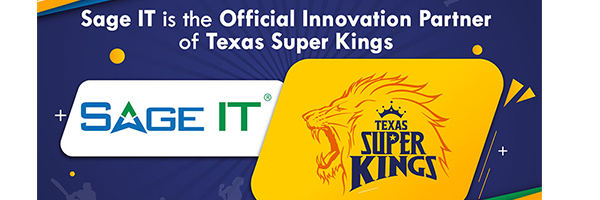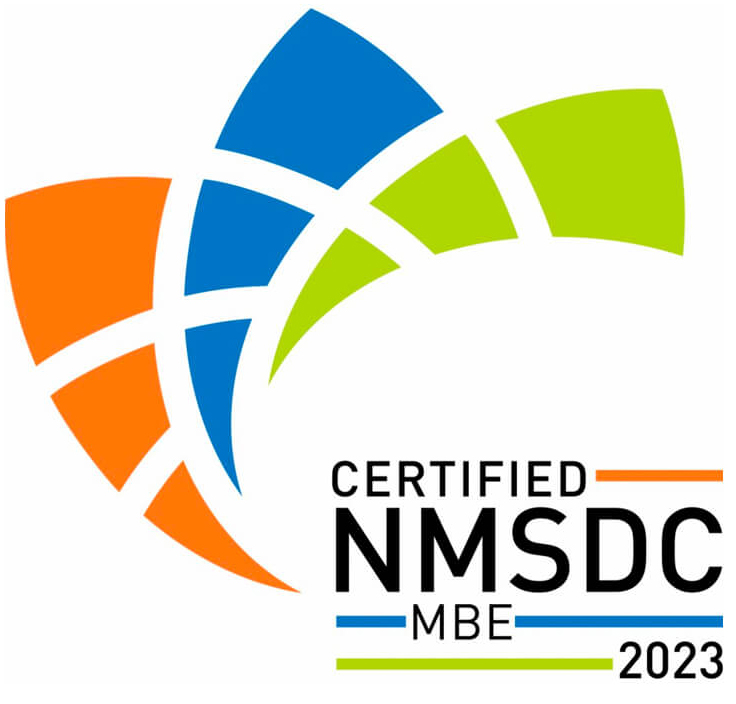
Next-Gen Innovations, in Assistive Technology and How They Help Differently Abled People Overcome Digital and Career Challenges?
Introduction
In current years, the landscape of assistive technology has passed through a transformative shift, pushed through improvements in synthetic intelligence, device mastering, and human-laptop interplay. These subsequent-technology innovations are revolutionizing the manner in another way abled individuals navigate digital spaces and pursue fulfilling careers. By breaking down barriers and imparting tailor-made answers, those technologies empower human beings with disabilities to triumph over challenges and reap their full capacity inside the group of workers. One of the most top-notch trends in assistive generation is the combination of AI-driven solutions into regular devices. This technology harnesses the energy of system studying algorithms to evolve and respond to users’ specific needs in actual-time. For example, display screen readers, which have long been a staple for people with visual impairments, now employ AI to offer extra correct and herbal-sounding speech synthesis. This allows customers to interact with virtual content material extra seamlessly, whether it’s studying emails, surfing the net, or gaining access to files.
Also advances in natural language processing have led to conceptual virtual assistants like Apple’s Siri, Amazon’s Alexa, and Google Assistants These assistants provide hands-free communication and support a wide range of applications from memory settings to smart home appliance management. For individuals with limited mobility or who struggle with traditional input methods, these AI-powered assistants will offer new freedoms and possibilities in the digital realm Another innovation is wearable technology designed specifically for people with disabilities. Devices such as smart glasses equipped with electronic sensors can help visually impaired individuals navigate their environment. For example, the OrCam MyEye device uses a small camera to recognize and communicate objects, text and faces to the user in real time, empowering them to interact with the world around them in freedom of speech The impact of this next wave of enabling technologies goes beyond individual empowerment and includes broader societal benefits. Research has shown that businesses that prioritize diversity and inclusion, including hiring and retaining individuals with disabilities, outperform their Assistive Technology-driven competitors creating an inclusive workplace enables companies to engage talent diversity, inspire innovation, and increase employee satisfaction and productivity.
According to a World Health Organization report, about 15% of the global population suffers from some form of disability, representing 1 billion people worldwide but currently only 1 in 4 people with a disability are employed, by comparison for 4 out of 5 people with disabilities. Closing this gap requires concerted efforts by policymakers, employers, and engineers to promote access and remove barriers to inclusion.
AI assistants to close the gap
Voice assistants like Siri and Google Assistants are no longer innovations; It is designed to be powerful tools for individuals with mild or moderate language skills. A Pew Research Centre study for 2023 found that adults with disabilities in the U.S. of the population, 27% already use voice assistants, highlighting the critical importance for daily tasks and communication Suppose Sarah, a young woman with cerebral palsy, sends voice messages, browses the web, or controls the lights in her smart home -Executes commands – Tasks that were once difficult or even impossible become easy and empowering.
Smart Homes Foster Independence
Advances in smart home technology are creating more inclusive living spaces. A 2022 National Centre for Assisted Living report found that 72% of caregivers believe smart home technology improves the lives of individuals with disabilities by increasing their independence and safety Imagine John, an older adult unable to move around, control her thermostat or change lights in her home with simple voice commands or intuitive interfaces. This not only empowers him in managing his environment but also reduces his dependence on others for help.
Access to information for all
Recognizing the importance of inclusion, developers introduce features such as text-to-speech conversion, closed captioning, and customizable screen layouts on websites and applications types are increasingly penetrating Easier to view This makes it easier for visually impaired individuals to access digital information and easier hearing, promoting a more equitable digital economy.
VR/AR: Learning to Review
This immersive technology offers exciting possibilities for training and skill development. Individuals with different needs, such as learning disabilities, can benefit from adaptable interactive learning experiences to suit their specific learning styles A study by University College London 2020 found that VR training increased time to completion employment for individuals with learning disabilities improved by 23% compared to traditional methods of employment with job-critical tasks in a controlled virtual environment gaining the necessary confidence and skills prior to attendance in the workplace.
Cognitive Assistive Technologies (CATs)
Individuals with intellectual disabilities often experience challenges in managing job tasks and responsibilities. This is where CATs come into play. A 2022 study by the American Occupational Therapy Association found that 85% of individuals with intellectual disabilities using CAT reported improved task completion and increased independence digital planners, organizational apps, and memory aids individuals are equipped with the tools they need to stay organized, . meet deadlines, and excel in their work. Through programming and support, this technology empowers individuals to achieve their full potential.
Bridging the Gap: Challenges and Opportunities
Despite the significant improvements, challenges persist. Affordability remains a major situation, as some technologies are fee-prohibitive for lots people. A 2023 report by using the World Health Organization (WHO) discovered that the value of essential assistive technology may be up to ten times the monthly earnings of individuals in low- and middle-earnings countries. Additionally, ensuring equitable get entry to for all, irrespective of earnings or geographical location, is essential. Furthermore, retaining tempo with the ever-evolving virtual landscape requires endured collaboration between technologists, policymakers, and the incapacity community to ensure compatibility and accessibility of newly evolved technologies. Beyond those technical concerns, addressing societal troubles like unconscious bias and fostering inclusive place of work environments is crucial. Only when groups include variety and offer the essential help systems can individuals with disabilities sincerely thrive in the professional global.
Conclusion
To conclude, the emergence of subsequent-technology innovations in assistive era marks a big milestone in the adventure closer to empowering in another way abled people to navigate and thrive in today’s digital-centric society. These improvements, spanning from AI-powered digital assistants to wearable gadgets and inclusive collaboration systems, stand as effective tools in dismantling limitations and ushering in a brand-new era of inclusivity in the personnel. The integration of AI into assistive technology has fundamentally transformed the person enjoy for people with disabilities. AI-powered virtual assistants, geared up with herbal language processing skills, provide seamless interaction and assist across a myriad of responsibilities, from coping with schedules to getting access to information. These shrewd partners now not handiest beautify efficiency however additionally foster independence via providing tailor-made assistance based totally on character needs.
Furthermore, wearable gadgets geared up with contemporary technology such as laptop imaginative and prescient and haptic comments are revolutionizing the way people with disabilities interact with their surroundings. Whether it’s navigating complicated environments or figuring out objects in real-time, those gadgets empower users with newfound autonomy and self-belief, transcending physical limitations and permitting extra participation in regular activities. In the area of far-off paintings and virtual collaboration, inclusive structures geared up with accessibility capabilities are levelling the playing area for people with disabilities. By prioritizing capabilities consisting of display screen reader support, live captions, and customizable interfaces, these systems ensure that every one group individuals can make a contribution meaningfully, regardless of their capabilities or challenges. By embracing and investing in those subsequent-gen improvements, we no longer handiest beautify the lives of individuals with disabilities but also pave the way for a more on hand and equitable destiny for all. Through concerted efforts to sell inclusivity and remove boundaries to participation, we will harness the entire potential of diverse skills and foster innovation in the body of workers. Ultimately, the adoption of those advancements is not only a remember of compliance or duty but a testament to our commitment to growing a international where everybody, irrespective of capacity, can thrive and contribute their unique skills to society.









